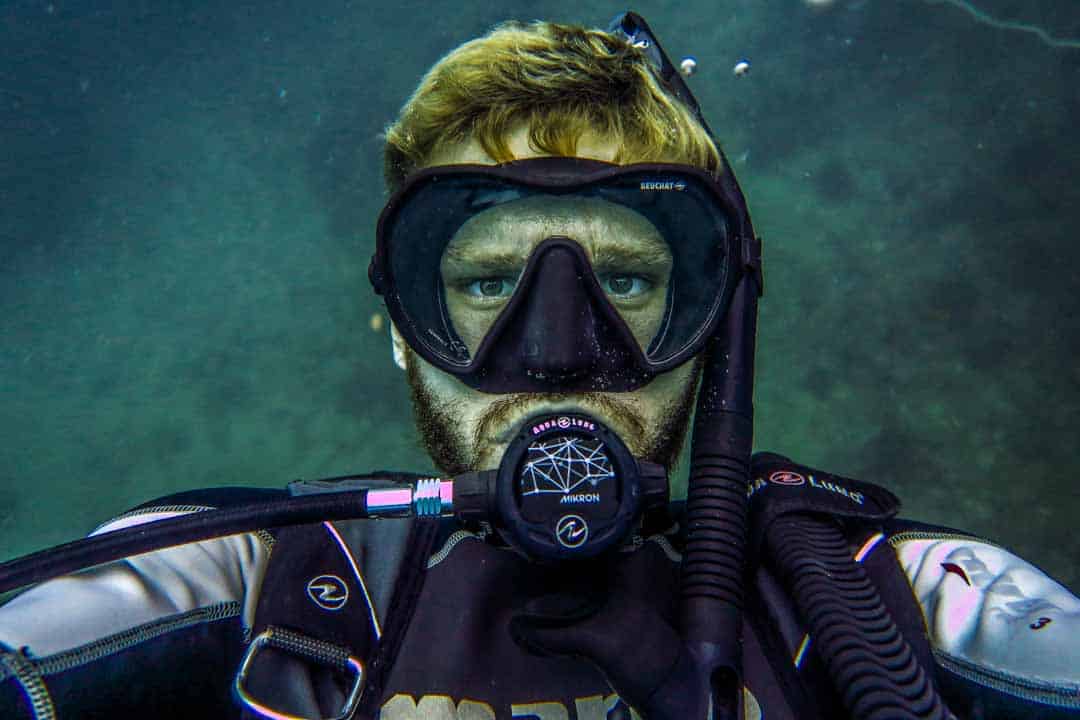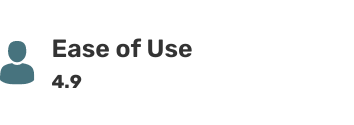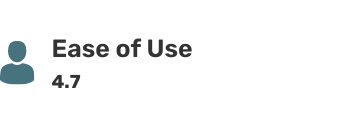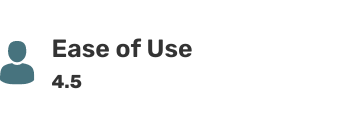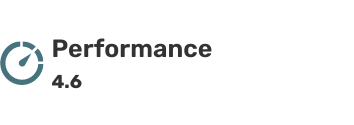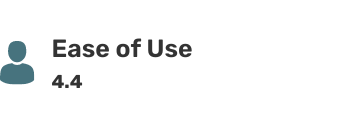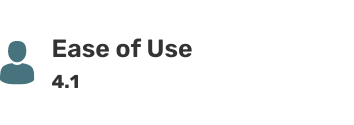Scuba regulators are complex systems, which means they’re also one of the most expensive pieces of scuba equipment to buy. That’s why understanding how they work and their different features is important before making your choice of the best scuba regulator to ensure your money is well spent.
ALL THE BEST SCUBA REGULATORS THAT WE TESTED
MARES Fusion 52X
General Impression
An impressive cold-water regulator, the Mares Fusion 52X features a double DFC system that provides a consistent flow of air at any depth. The all-metal design is extremely long lasting while the high thermal conductivity reduces any dry mouth feeling during your dive. Lightweight and extremely soft hoses ensure freedom of movement when using this Mares regulator and it’s equipped with an ACT (Advanced Coating Technology) valve that can withstand even the most extreme conditions. Rated best scuba regulator on the market.
Specifications
WEIGHT: 2.1 lbs
VALVE: Yoke or DIN
FIRST STAGE: Balanced
SEALED: Yes
HP PORTS: Two
LP PORTS: Four
PROS
- Soft hypoallergenic silicone mouthpiece that reduces jaw fatigue
- NCC (Natural Convection Channel) system enhances cold water performance
- VAD (Vortex Assisted Design) for easy breathing at all depths
CONS
- Limited stock all round because it is rated the best scuba regulator
AQUA LUNG Titan
General Impression
Now in its third generation, the Aqua Lung Titan features a comfortable and easy-breathing design that’s garnered it a reputation as one of the best regulators available. The T-shaped first stage is compact and created for optimal hose routings while the easy-to-grip Venturi knob stops unwanted free flow. The latest edition of this scuba regulator, amongst the best scuba regulators on the market, also features a quick disconnect hose fitting, which allows it to be used either right or left handed without requiring additional parts.
Specifications
WEIGHT: 2.8 lbs
VALVE: Yoke or DIN
FIRST STAGE: Balanced
SEALED: Yes
HP PORTS: Two
LP PORTS: Four
PROS
- Comfo-bite mouthpiece to reduce jaw fatigue
- Balanced diaphragm mechanism for ease of breathing and consistency
- Comfortable, lightweight and easy breathing regulator
- Compatible for either a right or left-hand fit
CONS
- When switching to snorkel, the mouthpiece opens and the air flows freely
ATOMIC AQUATICS T3
General Impression
The Atomic Aquatics T3 regulator is truly the top of the line and high on our list of best scuba regulator. The price point may be way over your budget, but it’s definitely best suited for serious divers who prefer extreme diving environments like cave diving and freezing cold water. It comes with many features like a compact turreted first-stage yoke, an airfoil with a pressure-sensing diaphragm for easier breathing, and a generally lightweight design. Additionally, the T3 has a service life of 3 years of 300 dives, so you won’t have to worry about spending too much money on maintenance.
Specifications
WEIGHT: 3 lbs
VALVE: Yoke or DIN
FIRST STAGE: Balanced
SEALED: Yes
HP PORTS: Two
LP PORTS: Five
PROS
- Lightweight design and padded travel case
- Turreted first-stage yoke
- Airfoil within the mouthpiece with pressure-sensing diaphragm
- 3 years/300 dives service life
CONS
- Pricey, but worth it
ATOMIC AQUATICS B2
General Impression
If you’re looking for comfort while scuba diving, then the Atomic Aquatics B2 regulator is the ideal one for you. It has a turreted first stage with swiveling joints and a lightweight second stage. The first stage components are made from Chrome-plated Brass and Stainless Steel for extra durability. Additionally, it has a service life of 300 dives, so you’ll be saving on maintenance as well.
Specifications
WEIGHT: 3.2 lbs
VALVE: Yoke
FIRST STAGE: Balanced
SEALED: Optional
HP PORTS: Two
LP PORTS: Five
PROS
- Lightweight and compact
- Chrome-plated Brass and Stainless Steel
- Atomic Jet Seat high-flow piston first stage
CONS
- None
SHERWOOD SCUBA Oasis Pro
General Impression
The Sherwood Scuba Oasis Pro regulator is tackling an issue that most divers are faced with – dehydration. The Oasis Pro has two moisture retention vanes that capture the moisture from your exhales and “returns” it to you when you inhale. It also comes nitrox ready for 40% right out of the box.
Specifications
WEIGHT: 3 lbs
VALVE: Yoke
FIRST STAGE: Balanced
SEALED: Yes
HP PORTS: Two
LP PORTS: Four
PROS
- Two Moisture Retention Vanes
- A2-DC Balanced Regulator
- Environmentally sealed first stage
CONS
- None
OCEANIC Oceanic Alpha Octopus
General Impression
Definitely the best price-to-performance ratio in its class and designed to perform in the U.S. Navy’s class A standards. Top of the range compared to other regulators when it comes to underwater performance while also being incredibly affordable to maintain and service.
Specifications
WEIGHT: 2 lbs
VALVE: Yoke
FIRST STAGE: Non-balanced
SEALED: No
HP PORTS: Two
LP PORTS: Four
PROS
- Inexpensive to maintain
- Pneumatically balanced demand valve
- Available with maxi flex hose
CONS
- None
CRESSI XS2/AC2 Piston Regulator
General Impression
One of the most affordable regulators on the market, this lightweight model is designed by Italian dive brand Cressi who have been in the game since 1946. The simple design of this Cressi regulator ensures low-cost maintenance and it consistently receives high praise in scuba regulator reviews. It’s crafted from high-quality materials, guaranteeing a sound performance for recreational diving in warm water conditions.
Specifications
WEIGHT: 2.2 lbs
VALVE: Yoke
FIRST STAGE: Non-balanced
SEALED: No
HP PORTS: One
LP PORTS: Four
PROS
- Affordable and reliable for beginners
- Made from non-corrosive and long-lasting materials
- Comfortable mouthpiece and easy-purge button
CONS
- Not recommended to use below 80 feet
ZEAGLE F8 Regulator
General Impression
Completely sealed and available in either a Yoke or DIN configuration, the Zeagle F8 regulator is renowned for offering comfort, without sacrificing on performance. It features an easy-to-grip mouthpiece and balanced design for obstruction-free breathing while being constructed from durable materials that will stand the test of time.
Specifications
WEIGHT: 3.4 lbs
VALVE: Yoke or DIN
FIRST STAGE: Balanced
SEALED: Yes
HP PORTS: Two
LP PORTS: Five
PROS
- Compact and lightweight second stage
- Ergonomic mouthpiece made from soft silicone
- New inhalation design for faster response times
CONS
- Pricey
SCUBAPRO MK25/A700
General Impression
Built to deliver a steady and low-effort supply of air in all dive conditions, these Scubapro regulators are among the best dive regulators on the market. The MK25 EVO first stage ensures air is instantly delivered on demand (regardless of how cold the water is) while the A700 second stage ensures effortless inhalation and exhalation.
Specifications
WEIGHT: 2.3 lbs
VALVE: Yoke or DIN
FIRST STAGE: Balanced
SEALED: Yes
HP PORTS: Two
LP PORTS: Five
PROS
- Outstanding performance in all temperatures and conditions
- Air-balanced design that’s easy to breathe regardless of position
- Flow-through-piston that delivers more air to the second stage
- Superior ultra-high airflow system
CONS
- Pricey, but worth it
HOLLIS 500SE DC7
General Impression
Easily adaptable for warm or cold-water diving, the Hollis 500SE DC7 offers smooth breathing, even at depths below 150 feet. An overbalanced first stage provides greater intermediate pressure to the second stage, with optimum airflow even under extreme conditions. This Hollis regulator can be positioned either left or right depending on your preference, making it one of the best diving regulators on the market.
Specifications
WEIGHT: 3.2 lbs
VALVE: Yoke or DIN
FIRST STAGE: Balanced
SEALED: Yes
HP PORTS: Two
LP PORTS: Four
PROS
- Can be mounted from the right or left for a custom setup
- Orthodontic mouthpiece for reduced jaw fatigue
- Environmental sealing prevents internal corrosion, contaminants and icing
- Designed to withstand the rigors of cold-water diving
- Easy to disassemble underwater in case of silt filling the second stage
CONS
- Second stage has some recorded issue
BEST SCUBA REGULATOR
Buyer's Guide
How scuba regulators work
Scuba diving regulators are designed to reduce the high-pressure air in a scuba tank to an ambient pressure that can be safely breathed by humans. Air in a fully filled scuba tank has a pressure rating of 3,000 psi or 205 bars while the respiratory tract of humans is designed for breathing air at a pressure set at 1 bar.
When you turn on the valve of your scuba tank, the high-pressure air contained inside will gush into the first stage of your regulator, which delivers air to the low-pressure ports at 250 to 300 psi (17 to 20 bars). From here, the air is led to the second stage regulator via a low-pressure hose where it’s reduced to a pressure of 15 to 20 psi (1 to 1.3 bar). It’s now breathable for humans and the air is released out of what are known as “demand valves” when the diver inhales.
A scuba regulator set will also have a low-pressure inflator hose that connects to your BCD, allowing you to inflate and deflate your vest to maintain the correct buoyancy underwater.
What is an “octopus”?
An “octopus” is an alternate air source that’s now a mandatory piece of scuba diving equipment. Some dive regulators will come with an alternative air source while others need to be bought separately. They’re normally a bright yellow color so that they’re easily distinguished underwater and can be used as a backup air source if your or your dive buddies’ regulator malfunctions.
What is the advantage of a long low pressure hose?
Regulator low pressure hoses are usually one meter in length while the “octopus” is 1.2 meters, which is fine for most recreational diving. If you’re into technical diving or plan on exploring caves, then a longer low-pressure hose can come in useful as it can be wrapped around your neck, well away from obstructions in tight spaces.
Submersible Pressure Gauges
A submersible pressure gauge displays the air content of your tank and is essential for knowing when you’re running low on air and need to begin your ascent. All scuba regulators are mounted with a submersible pressure gauge while some are also fitted with a compass and a dive computer that displays your underwater time, current and maximum depths, water temperature and surface interval times. A submersible pressure gauge is utilized with the first stage and connected via a high-pressure line, with some systems using a gauge console that offers a more accurate reading of your remaining air.
DIN vs Yoke Valves
Most scuba regulators are fitted with a Yoke valve that is screwed over the tank and is favored by most divers and dive shops for the ease of screwing in. However, you can also opt for a DIN valve, which screws directly into the tank to create a strong seal and is favored for deep and cold-water diving. A DIN valve needs to be fitted with a DIN-fitted scuba tank valve, although adapters for alternating between DIN and Yoke valves are readily available. If you’re going to be diving in both warm and cold water, opt for a DIN system and just use a Yoke valve adapter when necessary.
What type of diving will you be doing?
While most scuba regulators are designed to function at any depth, some are specifically made to respond to the high water pressure demands of deep diving. Others are designed to be used for ice diving when exposed to below freezing temperatures and are often heavier than standard regulators. If you’re doing mostly recreational diving in tropical or cool waters, then a standard regulator will do the job.
Unsealed vs Sealed Regulators
Most regulators are unsealed, which means the water can get into the first stage. These are fine if you’re diving in tropical destinations and will mostly be exposed to warm water. Sealed regulators are designed to prevent cold water from entering the first stage where it can freeze and block the air flow. They come with the addition of an environmental seal that won’t let saltwater or debris inside, making them not only more durable but also more expensive compared to unsealed regulators.
Diaphragm vs Piston
The first stage of a regulator is designed with either a diaphragm or piston construction, with the latter having less moving parts and generally considered more reliable for deep divers. However, they’re also more expensive than diaphragm models, which are perfectly safe and reliable for those diving within recreational limits.
Balanced vs Unbalanced
A balanced regulator means that it will have a consistent airflow no matter how deep you are or how much air is left in your tank. An unbalanced regulator, on the other hand, will become harder to breathe from as you descend deeper or as the level of air in your tank gets low. Most entry-level regulators are unbalanced and are cheaper to service. However, it’s worth investing in a balanced regulator as it will be much more pleasurable to dive with and avoid you laboring for breath.
Number of Ports
Most dive regulators will be equipped with at least four low-pressure ports, plus one or two high-pressure ports. Generally speaking, the more ports you have, the easier it will be to set up your scuba gear the way you want and adapt your kit as you become more experienced. If you’ve got a dive computer with a transmitter, keep in mind that you’ll need at least two high-pressure ports.
Other things to consider when buying a scuba regulator..
Comfort is key in the water, so you want to ensure that the regulator you buy is going to be as user-friendly as possible. Look for a mouthpiece that fits securely and doesn’t require you to bite down firmly (which can rapidly lead to jaw fatigue) and avoid heavy mouthpieces that are prone to falling out. Also, ensure the length of the hoses will allow you to move freely underwater and turn your head when necessary.
You want to avoid regulators that blow bubbles directly into your face on exhale, which can be annoying and reduce your visibility underwater, leading to dangerous situations. It’s also worth taking into account how noisy the regulator is when breathing, which can be distracting for some divers.
Scuba Regulator Maintenance
As scuba regulators are complex and somewhat delicate pieces of equipment, they need to be cared for and maintained if you want them to last as long as possible. When you finish your dive, always dry the dust cap by blowing on it or by releasing a shot of air from your tank, then place it firmly back on your regulator. The unit should then be rinsed in warm, freshwater and hung up to dry away from direct sunlight. Once it’s completely dry, it can then be stored away, ready for your next dive.
REACH OUT
As always, we create our content with you, fellow adventurers, in mind. So, how’d we do? Did you find this informative? Did it help you make a decision? Did we miss anything? We’d love to hear from you below. Thanks for reading and we hope your next adventure is a great one!


